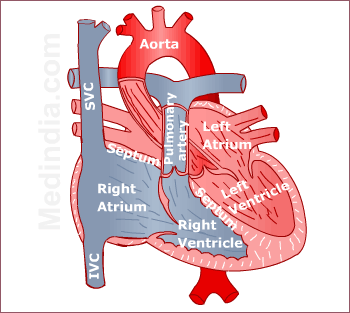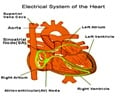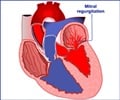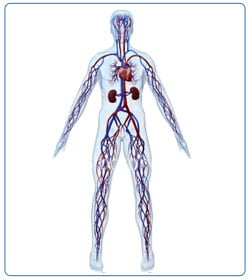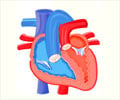Heart Septum
The heart is divided into two sides by a wall called septum.
The heart is a muscle that beats about hundred thousand times a day. Its main function is to pump blood to the whole body to supply oxygen and nutrients to all the cells. The heart is divided into two sides by a wall called septum. The left side of the heart receives oxygen rich blood from the lungs and pumps it to the body. The right side of the heart receives oxygen-depleted blood from the body and pumps it to the lungs to get it oxygenated. The septum prevents blood mixing from the left side and the right side. The septum can be a thin membranous structure or a thick muscular structure.
The structure separating the upper chambers of the heart is called the “Interatrial septum”. The Interatrial septum develops in several stages during the first and second months after conception. In the fetus, there is communication between the two atria and a large amount of blood passes from the right atrium to the left atrium. This is to prevent stress on the lung muscles which are non functional at that time. Septum primum is the first tissue to act as an Interatrial septum. It does not completely cover the atria. Septum secundum forms to the right and anterior of the septum primum. This is a muscular structure that has a hole in it called the “foramen ovale” to allow continued shunting of blood in the fetus. As the development progresses, the septum primum diminishes and forms a flap over the foramen ovale. At birth, a reversal in the pressure gradient occurs between the atria and the septum primum covers the foramen ovale.
The “Interventricular septum” divides the bottom chambers of the heart. Majority of the septum is a muscular structure. The upper portion of the septum is thin and fibrous and is called the membranous septum.
